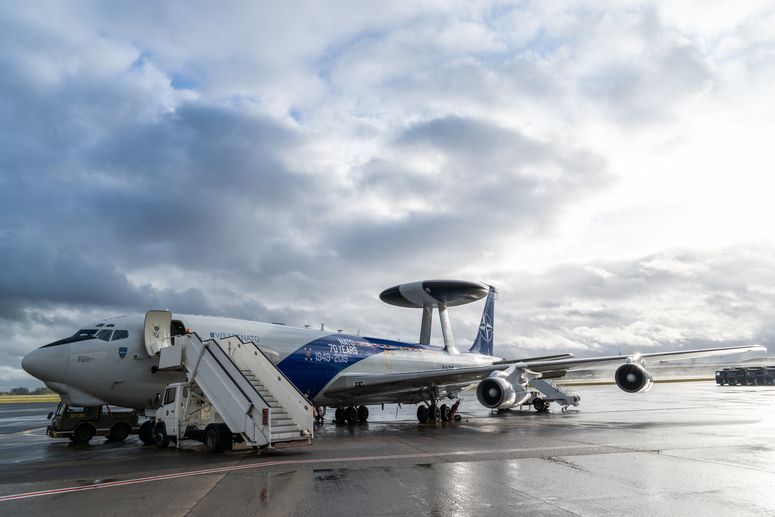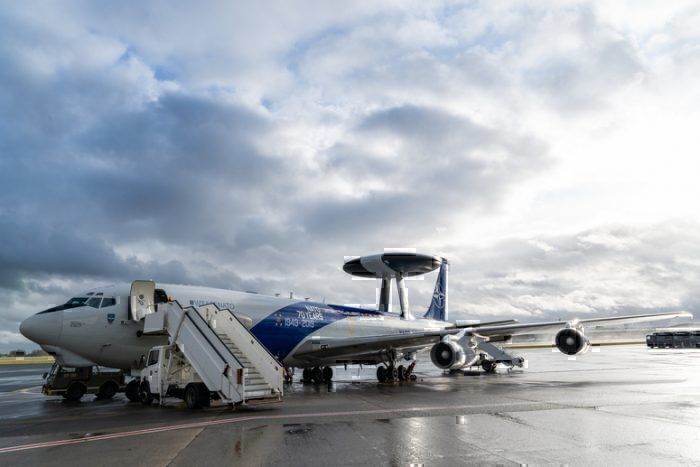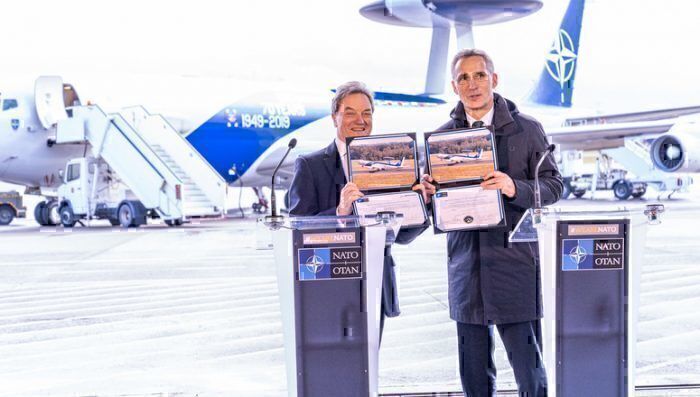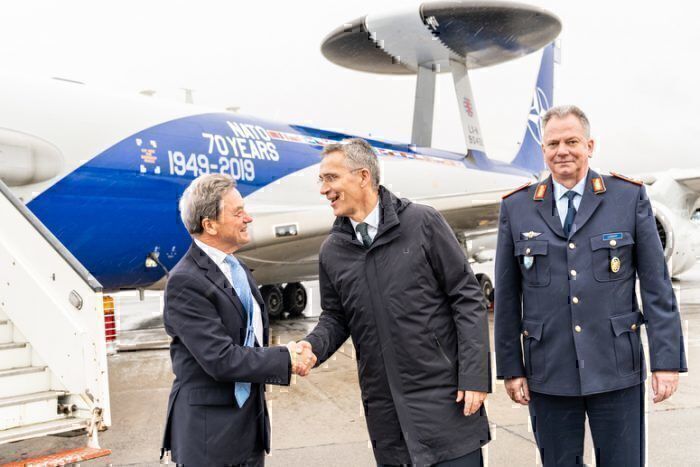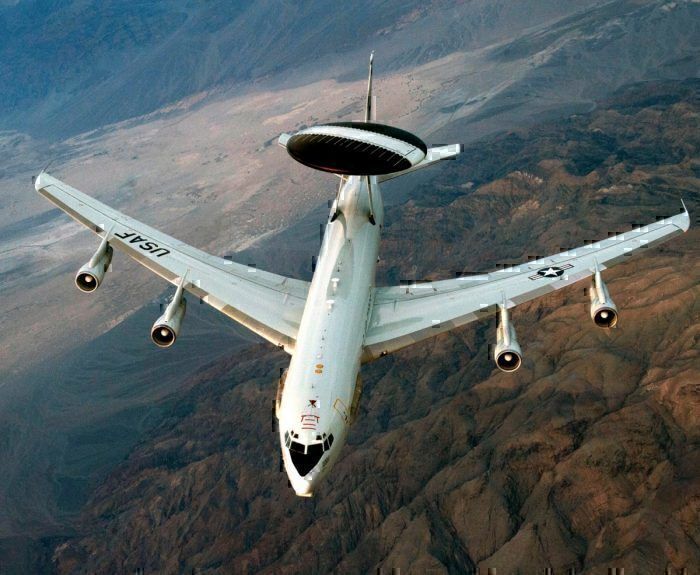The North Atlantic Treaty Organisation (NATO) has signed a one billion dollar deal with Boeing to upgrade its aerial monitoring fleet. This includes overhauling their current AWACS surveillance aircraft to serve in the role until 2035.
What are the details?
Boeing has scored a mammoth deal with NATO with plans to upgrade its AWACS (Airborne Warning And Control System) aircraft. These are large planes filled to the brim with high tech surveillance equipment, able to pick up border incursions as well as supporting communication networks between different military forces
“NATO AWACS have been our eyes in the sky, supporting our operations for decades, from patrolling American skies after 9/11, to our operations in Afghanistan, and as part of the Global Coalition against ISIS,” said the NATO Secretary-General Jens Stoltenberg in the NATO press release
NATO currently has 14 AWACS aircraft, E-3A aircraft, which are recognizable with their four engines and massive communications and sensor array tower in the middle of the airframe.
“NATO AWACS is a symbol of trans-Atlantic excellence, in terms of technology and partnership between Boeing, NATO and Europe. This modernization program will ensure the aircraft continue to thrive,"
The aircraft upgrades are being funded collectively by 16 different NATO nations. However, NATO is already making plans to replace its AWACS fleet with new aircraft by 2035.
What will the new aircraft look like?
If you look at the older E-3A aircraft you will notice its quite an old design compared to the modern jetliners we have gracing our skies today. In fact, the last aircraft was built in 1992 from a design from the 1970s from the base of the 707, so with this opportunity, Boeing can totally redesign the aircraft.
But what would it look like?
A good example would be to look at Boeing's current generation military aircraft, the E-10 series. Before it was canceled it would have been based on the Boeing 767-400ER frame and been capable to detect far more than the current NATO fleet. This aircraft was only designed back in 2007 so it is not as cutting edge as what we have today.
Boeing might look to its Boeing 787 Dreamliner airframe as the basis for this new aircraft. It has an excellent range, fuel efficiency and improvements that easily outpace the older Boeing 707 model.
“NATO will work closely with industry. We will consider how technologies – like artificial intelligence, autonomous systems, and big data – can help NATO keep its edge,”
NATO serves an important role on the world stage balancing the power from other nations and protecting Europe's borders and air traffic. Boeing has a long history of working with the military, and as the USA is one of the biggest contributors to NATO it makes sense that they received the contract over Airbus (plus not to mention, they are simply upgrading current Boeing aircraft which makes sense).
What do you think of this upgrade? Should NATO order new aircraft? Let us know in the comments.

